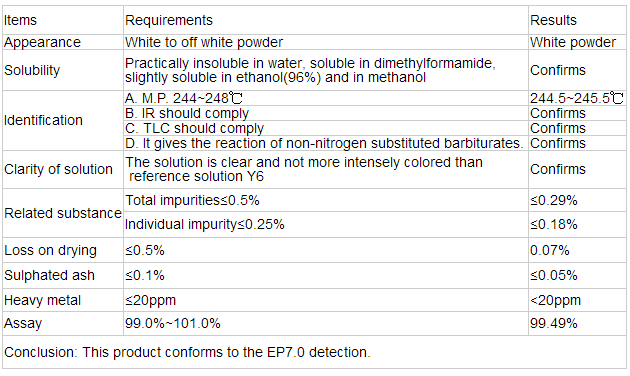Domperidone
1.Name:Domperidone
2.CAS :57808-66-9
3.M F:C22H24ClN5O2
4.M W:425.9
5.appearance:White powder
6.package:25KG/Drum or as per your requirement
7.Assay:99%min
8.usage: Gastrointestinal Agents
[Name]:Domperidone Tablets
[Specification]:10mg/tablet
[Functions]:Antiemetic for indigestion, abdominal distention, belching, nausea, vomiting, abdominal pain
[Usage]:Oral. Adults 1 piece at a time, three times a day, 15 ~ 30 minutes before meals
[Storage]:keep out of sunshine, keep in a cool and dry place
[Validity]:36months
Domperidone Analysis

Application:
1. Gastrointestinal problems
There is some evidence that domperidone has antiemetic activity. Domperidone is used, together with metoclopramide, cyclizine, and 5HT3 receptor antagonists (such as granisetron) in the treatment of nausea and vomiting.
It can be used in patients with Parkinson's disease because, unlike metoclopramide, domperidone does not cross the blood–brain barrier.
Domperidone has also been found effective in the treatment of gastroparesis, a stomach motility condition, and for paediatric gastroesophageal reflux (infant vomiting).
In Canada, the drug is indicated "for the symptomatic management of upper gastrointestinal motility disorders associated with chronic and subacute gastritis and diabetic gastroparesis." The drug may also be used "to prevent gastrointestinal symptoms associated with the use of dopamine agonist antiparkinsonian agents".
2. Lactation
The hormone prolactin stimulates lactation in humans, and its release is inhibited by the dopamine secreted by the hypothalamus. Domperidone, by acting as an anti-dopaminergic, results in increased prolactin secretion, and thus promotes lactation